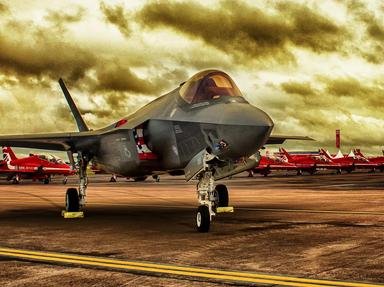Quiz Answer Key and Fun Facts
1. A lion rampant mounted on top of a saltire, surmounted by a crown
2. A dragon passant over a rose within the band of the Order of the Garter, surmounted by three white feathers within a coronet
3. A red rose surmounted by a crown within a laurel wreath
4. An heraldic grenade with St George and the Dragon within a laurel wreath on the face surmounted by a crown
5. A castle and key on top of an eight-pointed star
6. A white rose surmounted by a lion rampant holding a banner
7. A double-headed eagle surmounted by a Saxon crown
8. A set of three white feathers within a coronet
9. A traditional harp surmounted by a crown
10. A parachute on top of a pair of stylised wings, surmounted by a crown and lion
11. A pair of crossed kukri knives surmounted by a crown
12. A bugle horn surmounted by a crown
Source: Author
Red_John
This quiz was reviewed by FunTrivia editor
stedman before going online.
Any errors found in FunTrivia content are routinely corrected through our feedback system.
